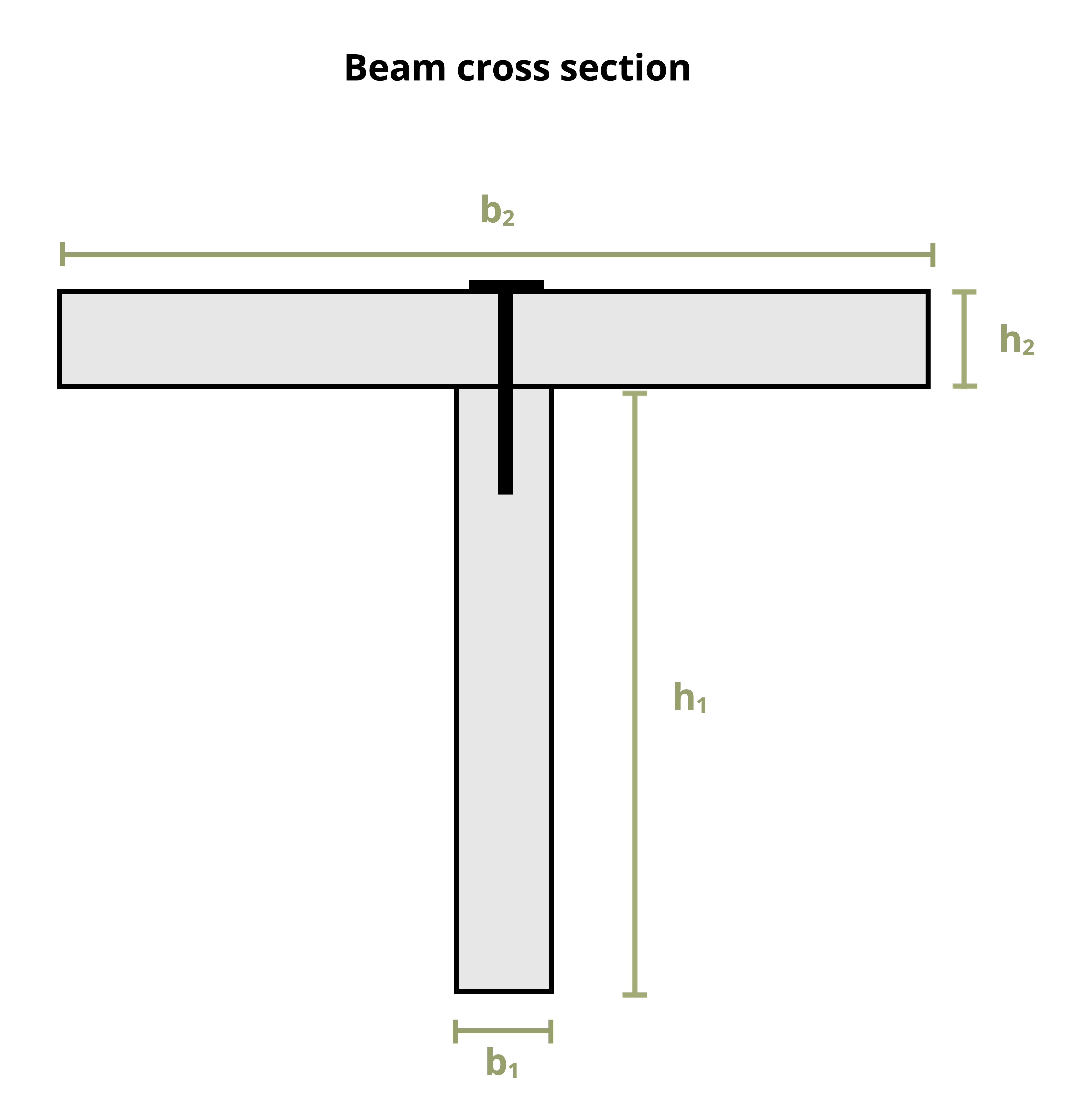Problem 10.20 - Shear Flow
 [Problem adapted from © Kurt Gramoll CC BY NC-SA 4.0]
[Problem adapted from © Kurt Gramoll CC BY NC-SA 4.0]
#| standalone: true
#| viewerHeight: 600
#| components: [viewer]
from shiny import App, render, ui, reactive
import random
import asyncio
import io
import math
import string
from datetime import datetime
from pathlib import Path
def generate_random_letters(length):
# Generate a random string of letters of specified length
return ''.join(random.choice(string.ascii_lowercase) for _ in range(length))
problem_ID="384"
VN=reactive.Value("__")
V=reactive.Value("__")
b1=reactive.Value("__")
b2=reactive.Value("__")
h1=reactive.Value("__")
h2=reactive.Value("__")
attempts=["Timestamp,Attempt,Answer,Feedback\n"]
app_ui = ui.page_fluid(
ui.markdown("**Please enter your ID number from your instructor and click to generate your problem**"),
ui.input_text("ID","", placeholder="Enter ID Number Here"),
ui.input_action_button("generate_problem", "Generate Problem", class_="btn-primary"),
ui.markdown("**Problem Statement**"),
ui.output_ui("ui_problem_statement"),
ui.input_text("answer","Your Answer in units of mm", placeholder="Please enter your answer"),
ui.input_action_button("submit", "Submit Answer", class_="btn-primary"),
ui.download_button("download", "Download File to Submit", class_="btn-success"),
)
def server(input, output, session):
# Initialize a counter for attempts
attempt_counter = reactive.Value(0)
@output
@render.ui
def ui_problem_statement():
return[ui.markdown(f"A T-beam is constructed from two wooden boards nailed together as shown. The nails can withstand a shear load of {VN()} kN and the beam is subjected to a maximum shear force V = {V()} kN. If dimensions b<sub>1</sub> = {b1()} mm, b<sub>2</sub> = {b2()} mm, h<sub>1</sub> = {h1()} mm, and h<sub>2</sub> = {h2()} mm, determine the minimum permissible spacing between the nails.")]
@reactive.Effect
@reactive.event(input.generate_problem)
def randomize_vars():
random.seed(input.ID())
VN.set(random.randrange(5, 20, 1))
V.set(random.randrange(30, 60, 1))
b1.set(random.randrange(20, 50, 1))
b2.set(b1()*10)
h1.set(b1()*8)
h2.set(b1())
@reactive.Effect
@reactive.event(input.submit)
def _():
attempt_counter.set(attempt_counter() + 1) # Increment the attempt counter on each submission.
h = (h1()*b1()*h1()/2+b2()*h2()*(h1()+h2()/2))/(h1()*b1()+b2()*h2())
I = b1()*h1()**3/12+h1()*b1()*(h-h1()/2)**2+b2()*h2()**3/12+b2()*h2()*((h1()+h2()/2)-h)**2
Q = h2()*b2()*((h1()+h2()/2)-h)
Tau = V()*Q/1000/(I/10000*b1())
instr= VN()/(b1()*Tau)*10
if math.isclose(float(input.answer()), instr, rel_tol=0.01):
check = "*Correct*"
correct_indicator = "JL"
else:
check = "*Not Correct.*"
correct_indicator = "JG"
# Generate random parts for the encoded attempt.
random_start = generate_random_letters(4)
random_middle = generate_random_letters(4)
random_end = generate_random_letters(4)
encoded_attempt = f"{random_start}{problem_ID}-{random_middle}{attempt_counter()}{correct_indicator}-{random_end}{input.ID()}"
# Store the most recent encoded attempt in a reactive value so it persists across submissions
session.encoded_attempt = reactive.Value(encoded_attempt)
# Append the attempt data to the attempts list without the encoded attempt
attempts.append(f"{datetime.now()}, {attempt_counter()}, {input.answer()}, {check}\n")
# Show feedback to the user.
feedback = ui.markdown(f"Your answer of {input.answer()} is {check}.")
m = ui.modal(
feedback,
title="Feedback",
easy_close=True
)
ui.modal_show(m)
@session.download(filename=lambda: f"Problem_Log-{problem_ID}-{input.ID()}.csv")
async def download():
# Start the CSV with the encoded attempt (without label)
final_encoded = session.encoded_attempt() if session.encoded_attempt is not None else "No attempts"
yield f"{final_encoded}\n\n"
# Write the header for the remaining CSV data once
yield "Timestamp,Attempt,Answer,Feedback\n"
# Write the attempts data, ensure that the header from the attempts list is not written again
for attempt in attempts[1:]: # Skip the first element which is the header
await asyncio.sleep(0.25) # This delay may not be necessary; adjust as needed
yield attempt
# App installation
app = App(app_ui, server)